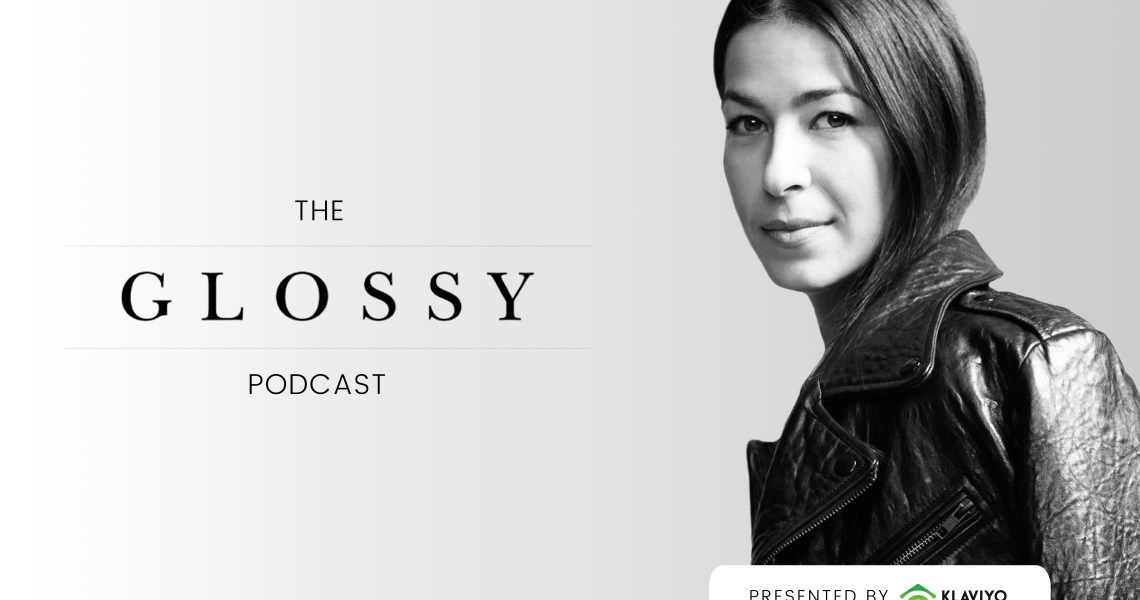Subscribe: iTunes | Stitcher | Google Play | Anchor
Rebecca Minkoff wants more designers to share their experiments and their outcomes, even when they’re negative. While the fashion industry tries to come to terms with its ongoing existential crisis, she believes transparency is something that would benefit the overall designer community.
“People are scared to come forward and say, ‘I tried this, and it worked or it didn’t,’” said Minkoff, regarding changing business models, social media campaigns and other approaches to new retail. “I encourage people to share what they find works today. No one is going to win a ‘biggest loser’ award if they don’t succeed.”
New York Fashion Week is an emblem of how much fashion brands’ strategies have changed. Minkoff’s brand, over the past three seasons, has tried something new each time: a runway show, a Women’s March launch and, this September, a digital see-now-buy-now campaign video and brand platform launch.
Minkoff joined the Glossy Podcast to discuss what’s behind her brand’s current customer approach, why she doesn’t sell her products on Amazon and what’s going to happen when the dust settles.
On her brand relaunch
On Sept. 5, the brand released its digital campaign video for “I Am Many,” which introduces what Minkoff calls her “new brand platform.” Accompanying the campaign is a see-now-buy-now collection of apparel that’s easily wearable for working women and moms. The idea, said Minkoff, is that product isn’t enough to set a brand apart.
“It’s more important now than ever that people connect with something more meaningful than a product, so we wanted to lead first with women and their stories. When people are inspired by a brand, when they need something, they’ll shop with you,” said Minkoff. “We changed how we design to reflect that – we want to give women something they can wear to work, to pick up her kids. It’s no longer, ‘I was inspired by this artist, and the collection is based on that.’”
On selling to Amazon
While Minkoff said the brand supports and works with wholesale partners where it makes sense – Nordstrom is its biggest buyer – the most important channel today is direct in-store and e-commerce retail. The reason: The brand needs to control price and story today, and in the wholesale setting, stores are “telling their own story” — brands are just one piece of it. This mindset determines where Rebecca Minkoff products are sold.
“If you can mirror – and we haven’t done this yet, but we’d like to get there – the things like same-day delivery that Amazon has brought us to expect, that’s huge. But we want to make sure we’re part of the destination where people are shopping for fashion and bags and shoes, and until [Amazon] feels like a place that has that, I don’t know. We’re not ready to be the bag that ships with your batteries,” said Minkoff. “We decided we wanted to be able to control our pricing and our narrative, and that’s not something they were capable of [facilitating] or wanted to do. We walked away form the business until price integrity was there.”
On measuring success
While Minkoff said her brand likes to experiment, she doesn’t think that the “every man for himself” mindset around fashion week will last. The biggest obstacle right now is around measurement.
“At some point, the dust will settle, and we’ll see something ignite and work, and everyone will jump on that bandwagon until something disrupts this area again,” she said. “I think it’s just taking longer because it’s hard to measure in this new time. We look at impressions, sales, foot traffic escalating, site traffic escalating, wholesale partners having a great response. But there’s nothing to compare to, so the question has to be: ‘Was this, in its own unit of time, something that moved a needle?’ If so, great.”
Join the 2,500+ innovative fashion and beauty brands like Chubbies, Taylor Stitch, and Bonobos who sell more with Klaviyo. Learn how to level up your marketing today here.




